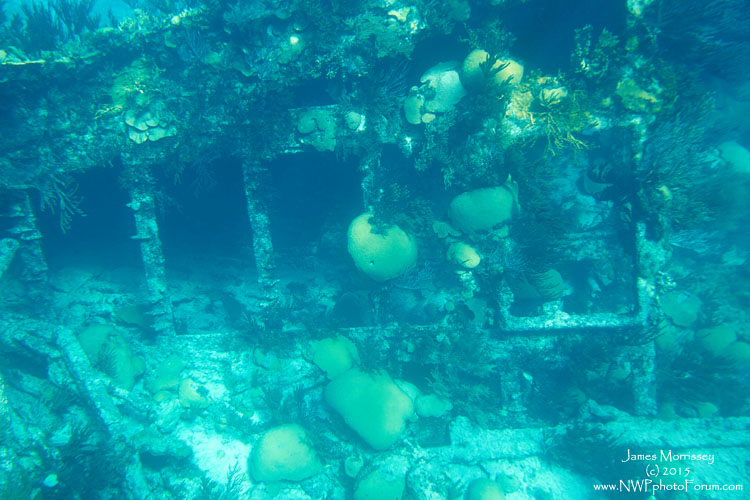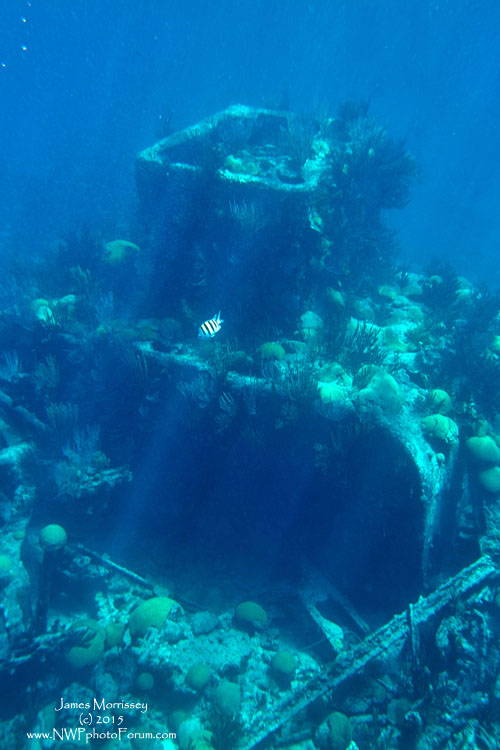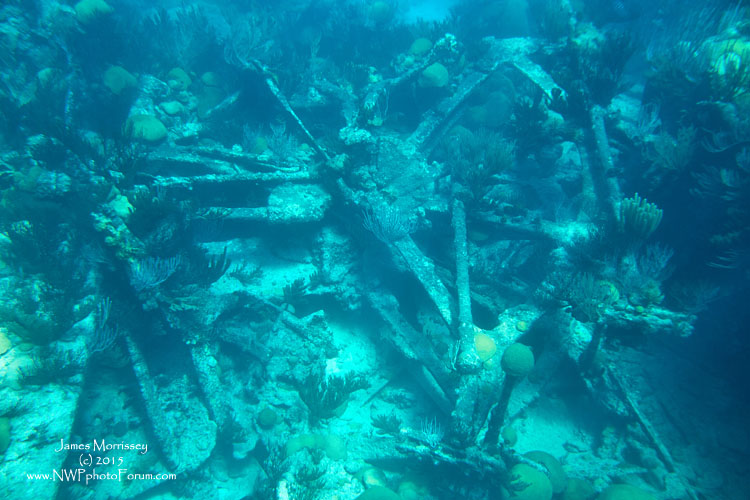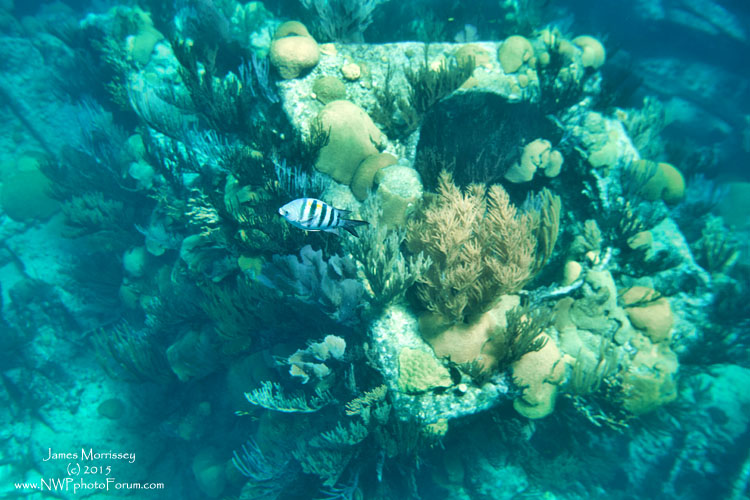On my recent excursion to Bermuda, I had the opportunity to go on a snorkeling trip to view some coral reefs and a couple of ship wrecks. The idea of photographing the shipwrecks set my imagination on fire, but honestly this is a very different world for me as I have never snorkeled before, much less used a camera under water. Pretty much everything I know about underwater photography comes from my interview with Eric Cheng and others. Having interviewed Eric, I did know one thing. I know that I am no Eric Cheng.

Eric Cheng's Interview with NWP:
http://www.nwpphotoforum.com/ubbthreads/ubbthreads.php?ubb=showflat&Number=35328#Post35328As I did not have a proper underwater housing for my 5d3, I got into a tiny lather because I did not know what to do. Logic would dictate that the best thing I could do is rent a proper underwater camera housing as I cannot justify the expenditure on a product that I will not use frequently. Because I am me, and hardly logical at all, I opted to put approximately $5,000 worth of photographic gear in to what is essentially a glorified $50 dollar Hefty bag. Just how do you think this is destined to work out??? Well, I do not want to ruin this for you, so please read on.

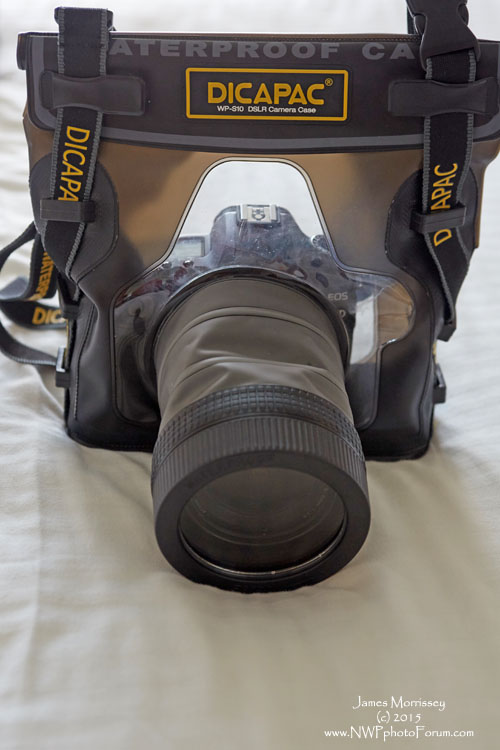
Description of Dicapac:
First things first, please pardon the hyperbole. The DicaPac WP-S10 is much more sophisticated than a Hefty bag. It is much more like a durable 'photographic dry sack.' Your camera, in my case a Canon EOS 5d Mark III, goes into the top of the bag and is sealed in a fashion similar to a typical sandwich bag. The bag then has a series of 3 Velcro fasteners that gets rolled down as a means of tamping down the opening further.
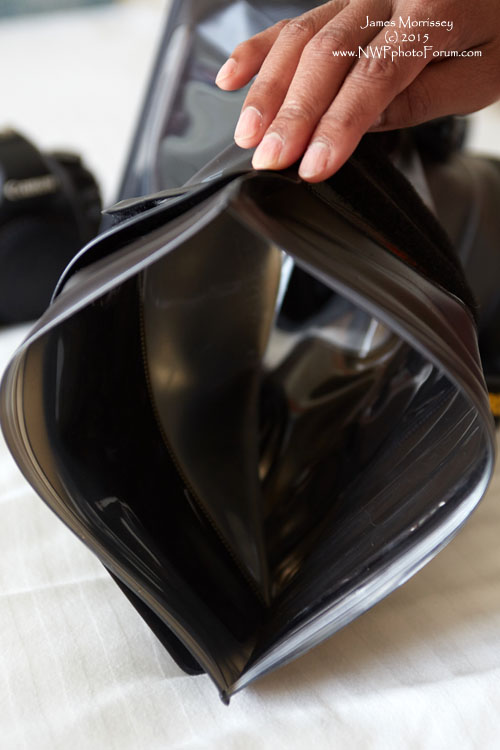
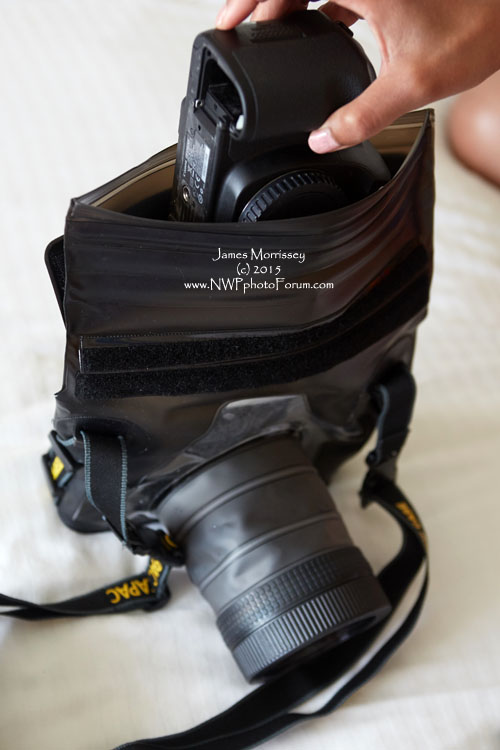
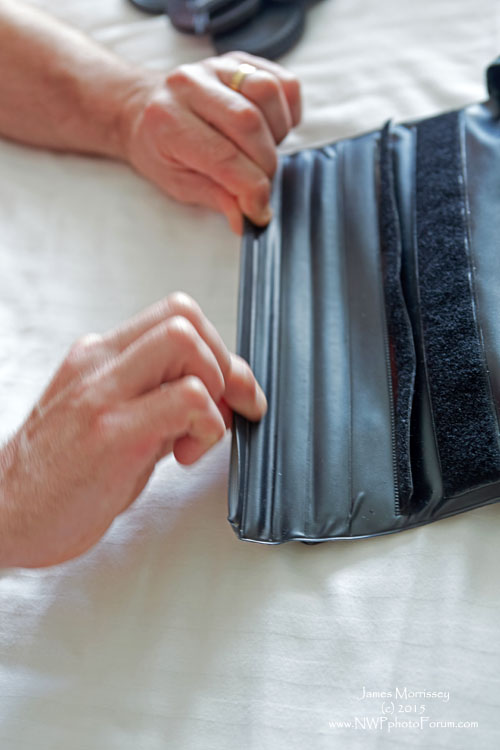
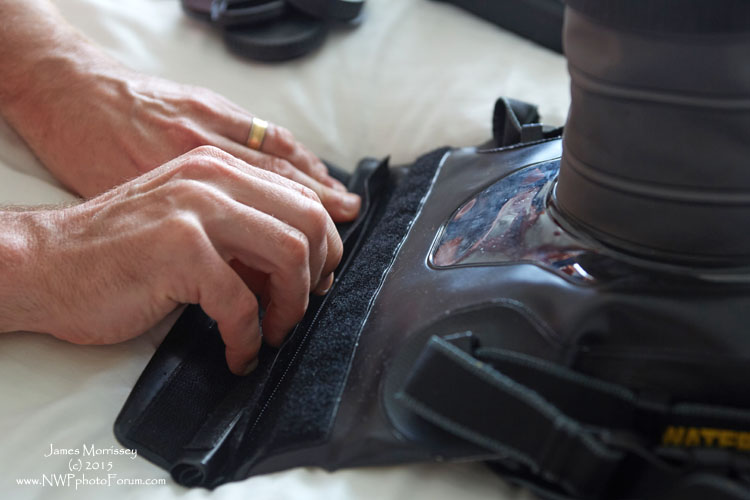
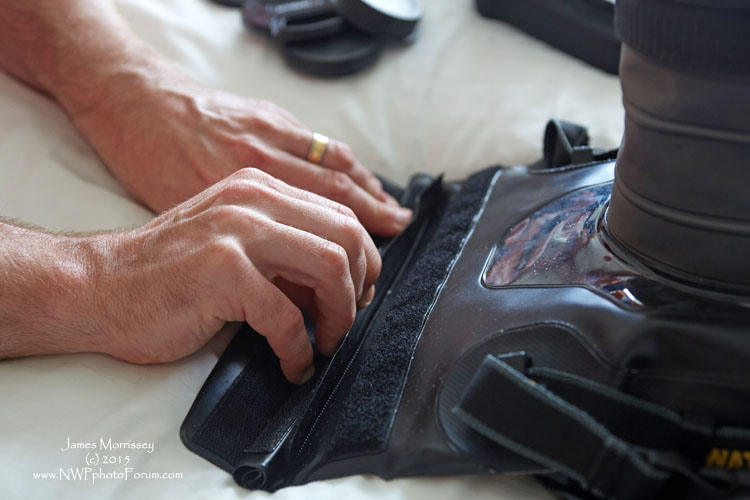
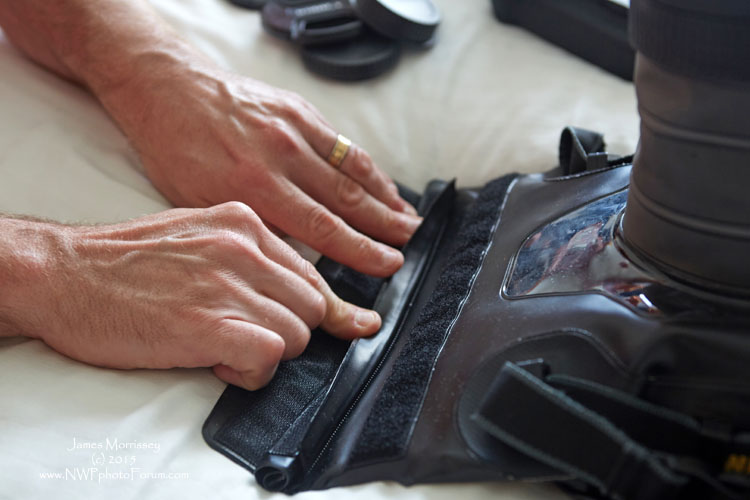
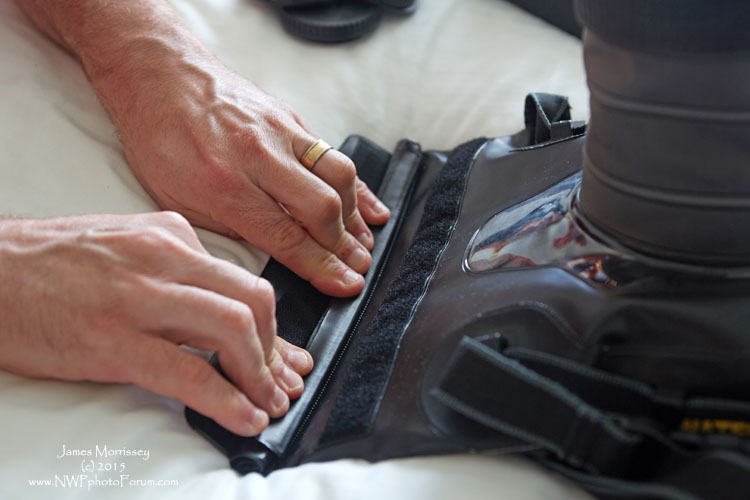
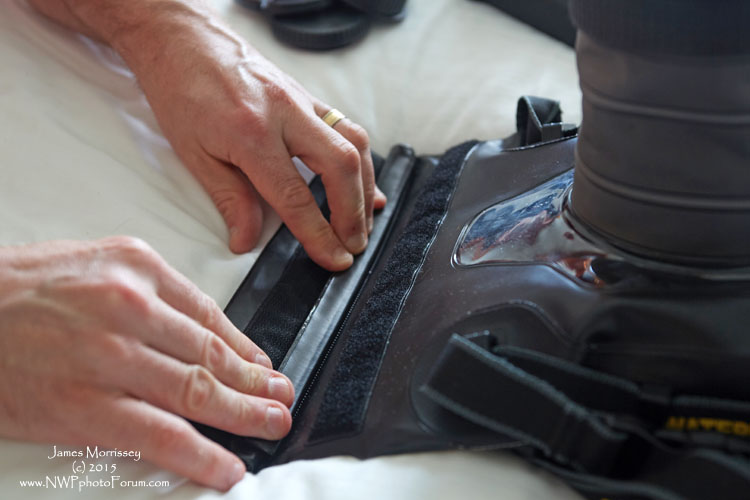
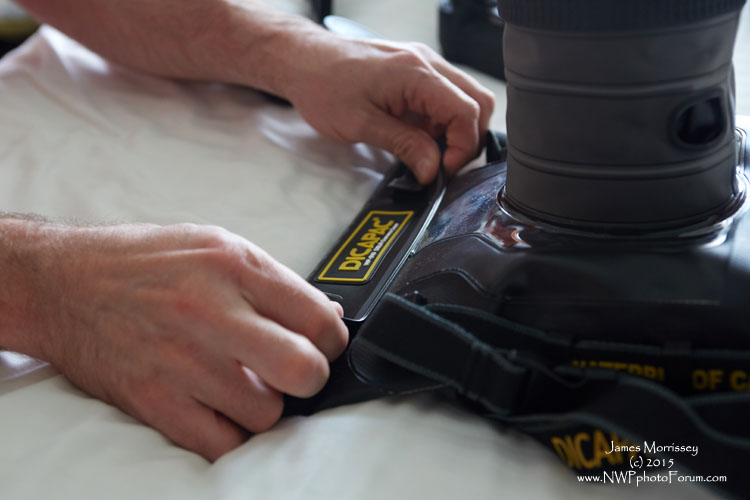
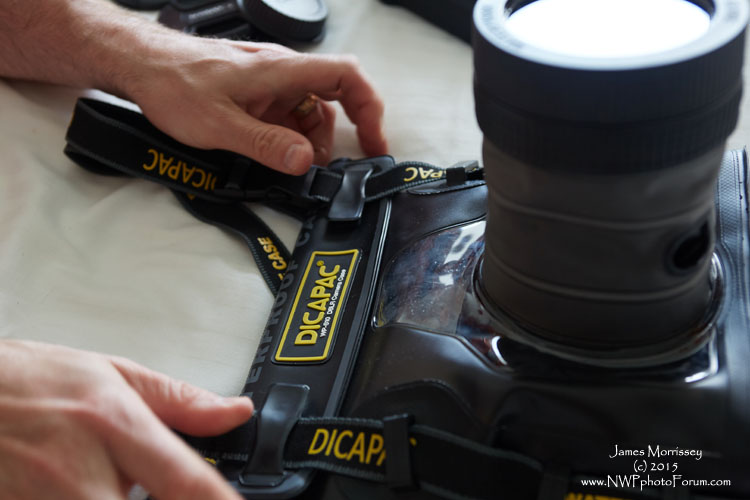
The Dicapac has several access ports that allow for the settings to be changed. For example, there is an access port for the shutter button that allows for many command functions on my 5d. It also has two places at the bottom of the lens mount that allows accessibility to the back ring of the camera lens. Depending on the lens, this will either being the focus module or the focal length. In the case of the 16-35 F2.8 L lens that I used, it allowed me to alter the focal length. I had a bit of difficulty working through the ports and opted to keep the camera set to 35mm. There is no access to the displays on the back of the camera bag.
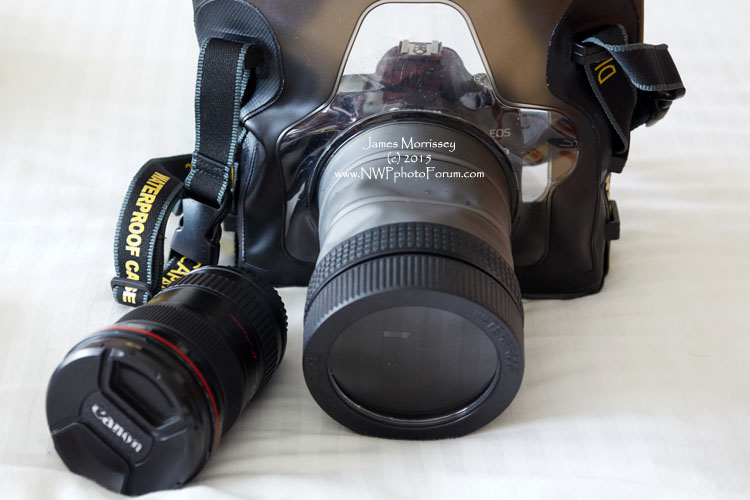
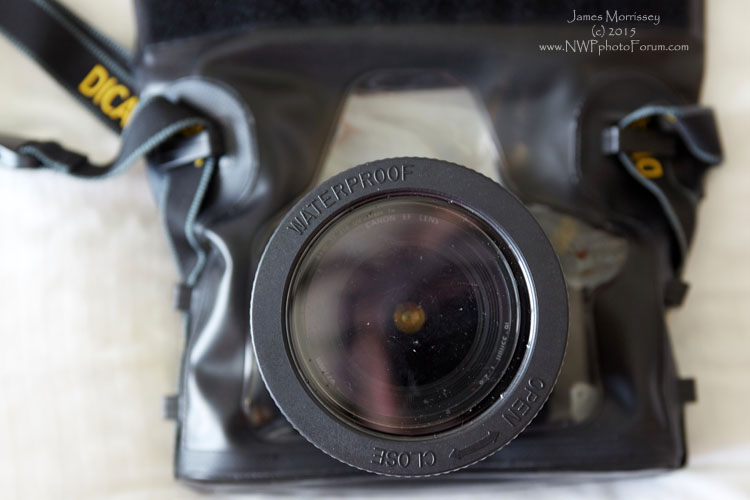
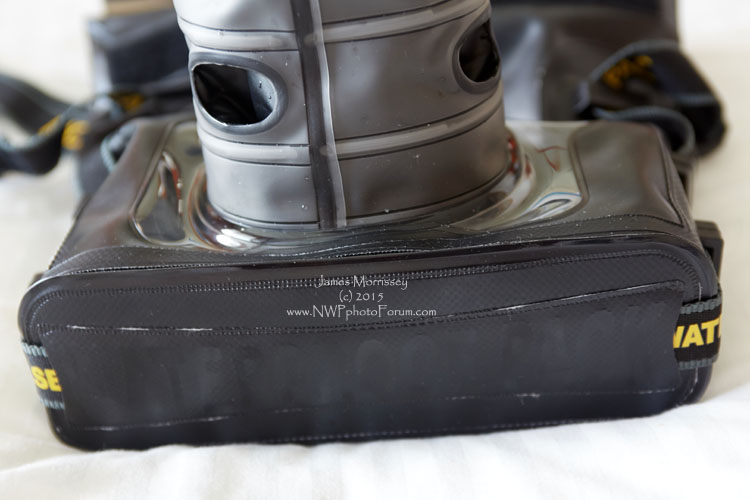
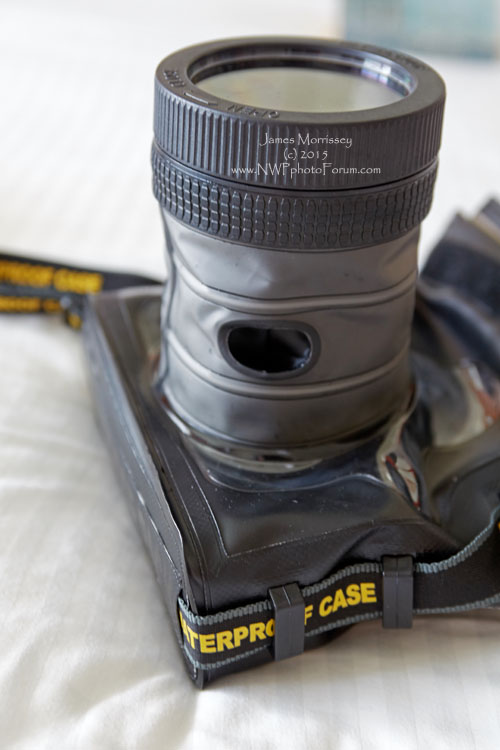
There is also a large cap so that the lens can be replaced (I would caution doing anything unless it was completely dry). The last thing you want is salt water getting into your camera body.
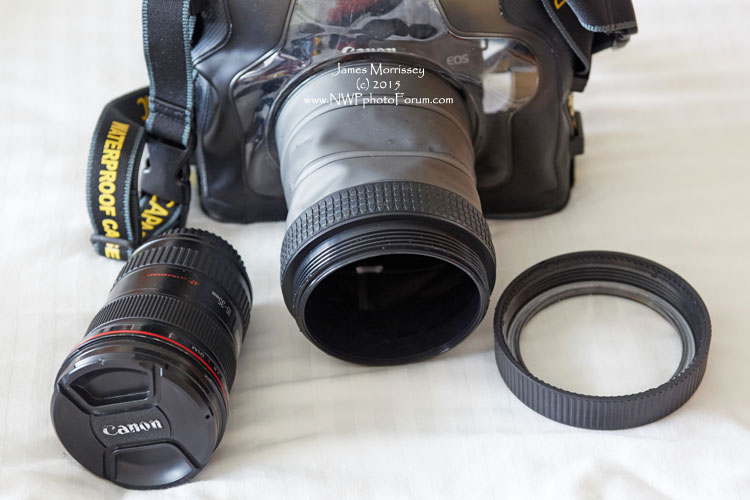
In use:
I do not know if people know this or not, but I almost always shoot in full manual. My 'favorite' lens is my 24mm Tilt Shift, which is also manual focus only. The long and short of it is that I am a bit of a photographic control freak. That is not meant to sound like a superiority complex. That is just how I find it fun to shoot. Even when I used to photograph a lot of weddings, it was all manual exposure. This aside is important because I made a major decision when I put the camera in to the bag. I turned the camera knob to the Green - Super Automatic mode on the camera for the first time ever. This allowed the camera to pick shutter speed, ISO and aperture...making it a glorified point and shoot. Well, a glorified point and shoot with the 5d3's awesome autofocus and large full frame sensor. This is mostly because while there are lots of access ports, I did not always find them useful for changing my settings on the fly the way I normally do. Perhaps in time, I would have gotten better at it, but as I was out of my element, and I am not a competent snorkeler, my first job was to stay alive. My second job was to keep my camera and lens from being destroyed...not necessarily in this order, I might add. It might be that if I spent more time with the Dicapac that I would be more comfortable sticking the camera on shutter priority. I do not believe that I would be able to shoot manually on the fly.
On my first foray into the reefs, I was out for about 25 minutes. Before heading out into the deep, I gave the camera a quick dunk, followed by a longer submersion to test the water fastness of the bag. In retrospect, I strongly suggest that you do this AT HOME without a camera in the bag to insure water fastness THEN to follow the steps I just took. The salt water can be a killer to a camera. I saw nothing entering the bag upon a very critical inspection. So far so good.
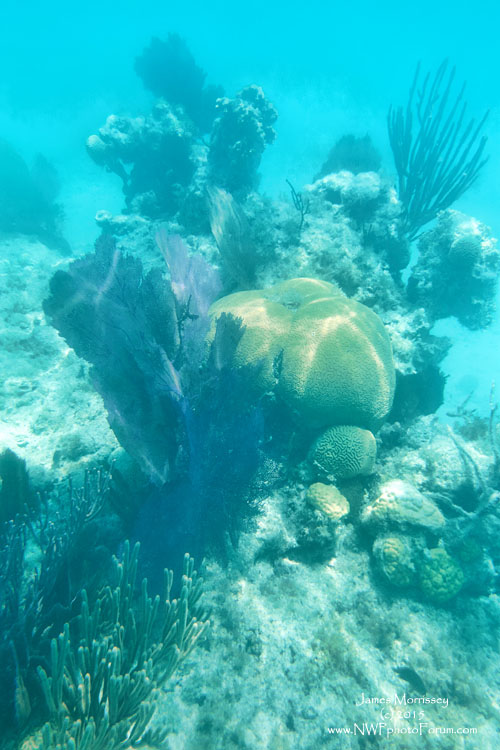
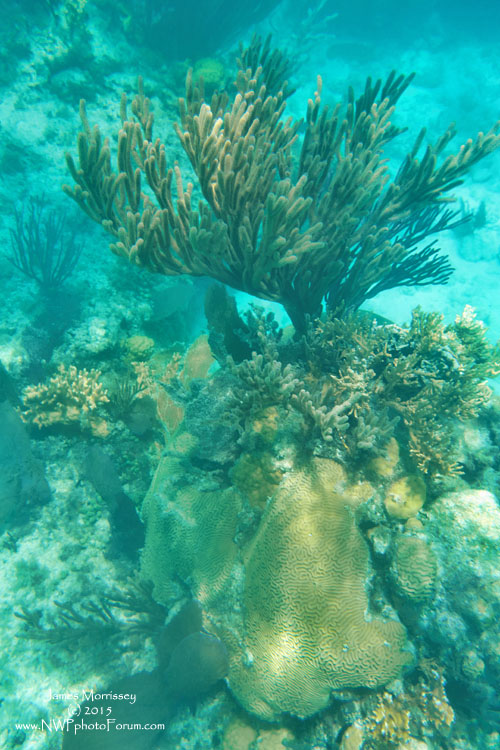
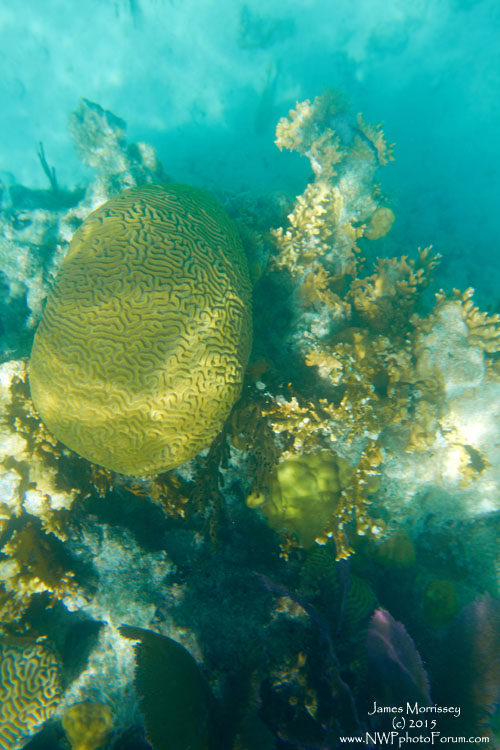
My first surprise was that my camera floated in the ocean!!! While I know that most good underwater housings provide this feature, I did not think that the Dicapac would allow this. That was pretty awesome and honestly took a load off my mind as I was anxious about losing my camera in the ocean. I would have no one to kick but myself that I had been penny smart and pound foolish.
I went to depths of about 5 feet down. I was neurotic about coming up for air and checking the bag for water and did not see any. I decided to head back to the boat early just to be sure. When I came out of the ocean, I did notice a small amount of water streaking across the bottom of the bag. I pulled the camera out of the bag and dried it off. It could not have been more than an 8th of a tea spoon (if that much), so I did not freak out too much as both the 5d3 and 16-35L are weather sealed. If either the lens or body were not weather sealed, I probably would have sweated it a bit.
I then put it back in a second Dicapac that I had purchased for my wife but did not use. I double checked the fastenings and again performed a water test. Nothing seemed to enter the bag. This time I went out for about 40 minutes with one quick check back on the boat. There was no sign of water entering the bag. My guess is that I went down to about 10 feet during my deepest forays into the water. Digipac claims that this particular bag is water safe up to 15 feet.
